|
$24.00 SRP
SDI
In 1943, the USAAF and RAF launched the Combined Bomber Offensive, designed to systematically destroy the industries that the German war machine relied on. At the top of the hit list were aircraft factories and plants making ball-bearings - a component thought to be a critical vulnerability. Schweinfurt in southern Germany was home to much of the ball-bearing industry and, together with the Messerschmitt factory in Regensburg, which built Bf 109 fighters, it was targeted in a huge and innovative strike.
Precision required that the targets were hit in daylight, but the raid was beyond the range of any existing escort fighter, so the B-17s would go in unprotected. The solution was to hit the two targets in a coordinated 'double-strike', with the Regensburg strike hitting first, drawing off the defending Luftwaffe fighters, and leaving the way clear for the Schweinfurt bombers. The Regensburg force would carry on over the Alps to North Africa, the first example of US 'shuttle bombing'.
Although the attack on Regensburg was successful, the damage to Schweinfurt only temporarily stalled production, and the Eighth Air Force had suffered heavy losses. It would take a sustained campaign, not just a single raid, to cripple the Schweinfurt works. However, when a follow-up raid was finally launched two months later, the losses sustained were even greater. This title explains how the USAAF launched its daylight bombing campaign in 1943, the technology and tactics available for the Schweinfurt-Regensburg missions, and how these costly failures forced a change of tack.
Author: Marshall Michel III
Illustrator: Jim Laurier
96 page softcover
|
$24.00 SRP
SDI
The Pleiku campaign of October-November 1965 was a major event in the Vietnam War, and it is usually regarded as the first substantial battle between the US Army and the People's Army of Vietnam. The brigade-sized actions involving elements of the US 1st Cavalry Division at Landing Zones X-Ray and Albany in the valley of the river Drang have become iconic episodes in the military history of the United States.
In 1965, in an effort to stem the Communist tide, the Americans began to commit substantial conventional ground forces to the war in Vietnam. Amongst these was the 1st Cavalry Division (Airmobile), a new type of formation equipped with a large fleet of helicopters. On 19 October, North Vietnamese forces besieged a Special Forces camp at Plei Me, and after the base was relieved days later, the commander of the 1st Cavalry Division, General Harry Kinnard, advocated using his troops to pursue the retreating Communist forces. A substantial North Vietnamese concentration was discovered, but rather than the badly battered troops the US expected, these were relatively fresh troops that had recently arrived in the Central Highlands. On the morning of 14 November 1965, 1st Battalion, 7th Cavalry, commanded by Lt. Col. Hal Moore, landed at LZ X-Ray to start the first major set-piece battle of the Vietnam War. This title explores the events of the campaign that followed, using detailed maps, specially-commissioned bird's-eye views, and full-colour battlescenes to bring the narrative to life.
Authors: J. P. Harris and J. Kenneth Eward
Illustrator: Edouard A Groult
Softcover
OSPDUE101
British Battleship vs. Italian Battleship
$22.00 SRP
SDI
During World War II's battle for control of the Mediterranean, both the British and Italian navies planned to bring their battle fleets into play. At the centre of both of these fleets was a core of battleships which both sides expected to play a decisive role in the conflict.
On 9 July 1940, the two navies met in the central Mediterranean, as two Italian battleships faced off against three of their British counterparts. Christened the Battle of Calabria, the action allowed the ships to play to their strengths, engaging in a long-range gunnery duel, the very thing they had been designed for. Though both sides shot well, the only hit was scored by Warspite on the Italian battleship Giulio Cesare. The Italians were forced to withdraw, and the action ended up being indecisive, but it was the largest fleet action fought in the Mediterranean during the war. As well as this battle, there were other occasions during the war when both British and Italian battleships were present and influential, but during which they never engaged each other directly - the Battle of Spartivento on 27 November 1940, and the Battle of Cape Matapan on 28-29 March 1941.
Packed with full-colour artwork, carefully selected archive photographs and expert analysis, this title explores in detail the role played by British and Italian battleships in these encounters, and their influence in the Mediterranean theatre of World War II.
Author: Mark Stille
Illustrators: Alan Gilliland and Paul Wright
80 page softcover
OSPELI230
Roman Standards & Standard-Bearers (2)
$20.00 SRP
SDI
The Late Roman Empire was a period of significant change in the designs of standards and in the costumes of standard-bearers. During the middle decades of the chaotic 3rd century, evidence confirms the continued use of the old legionary eagle and the signa of the old cohorts and centuries, alongside flags and Imperial images. The two major trends over the later generations were the adoption of Christian symbols on standards (e.g. Constantine the Great's Chi-Rho), and the proliferation of different types of flags. This had begun in the late 2nd century with the adoption of the 'barbarian' dragon standard, the windsock-shaped draco, which continued to be displayed alongside various other flags in the Greek-speaking Eastern Empire, whose influence increased greatly. Meanwhile, the growing employment of foreign units was such that by the 5th century we have evidence of the use of Hunnic symbolism among a Roman general's suite of standards. The costumes of standard-bearers also evolved as 'Persian' styles spread from Constantinople.
This title explores all these changes in depth, charting the development of various costumes and designs and the waxing and waning influence of various cultures and religious considerations. The text is supported by specially commissioned illustrations and artist's reconstructions of the standards and their bearers.
Author: Raffaele D’Amato
Illustrator: Andrey Evgenevich Negin
Softcover
|
|
|
|
|
|


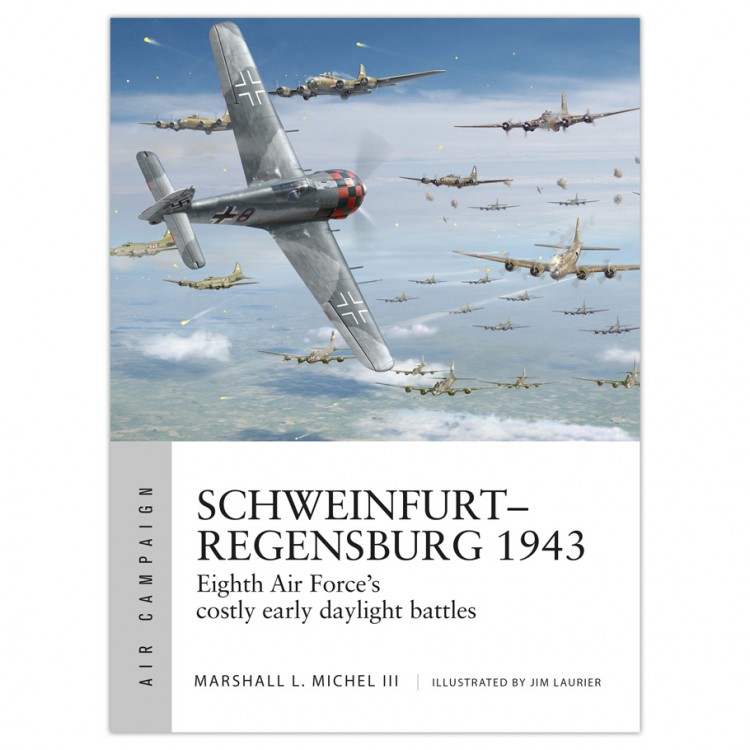
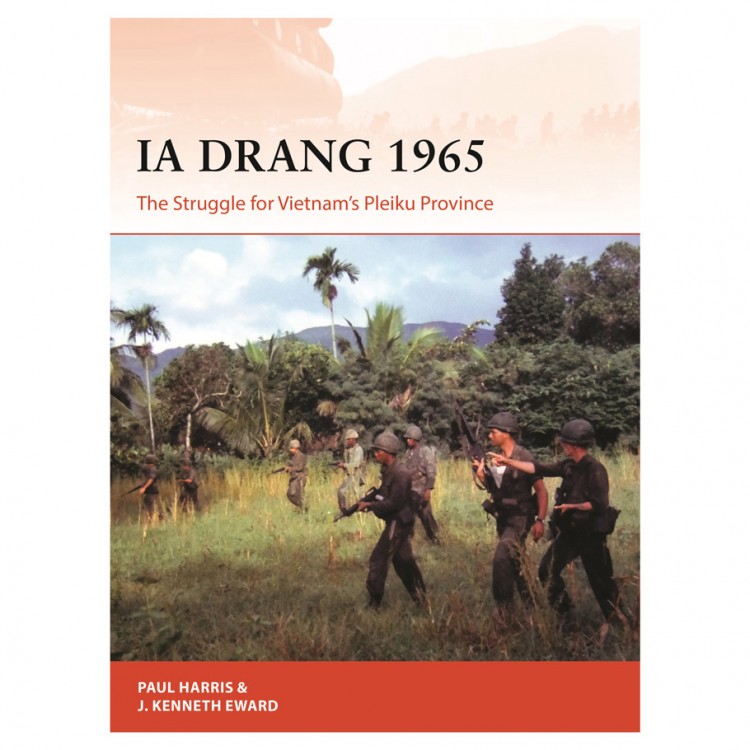


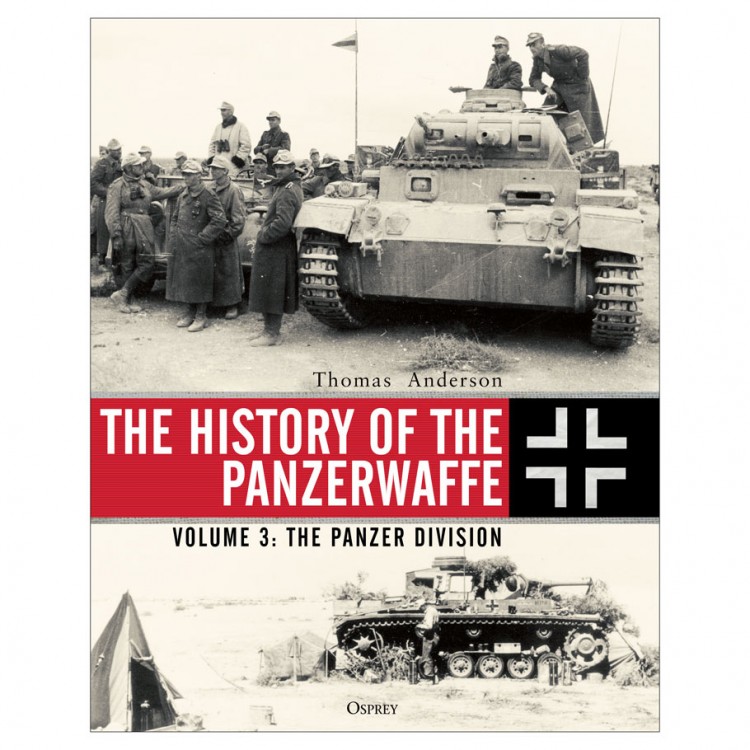
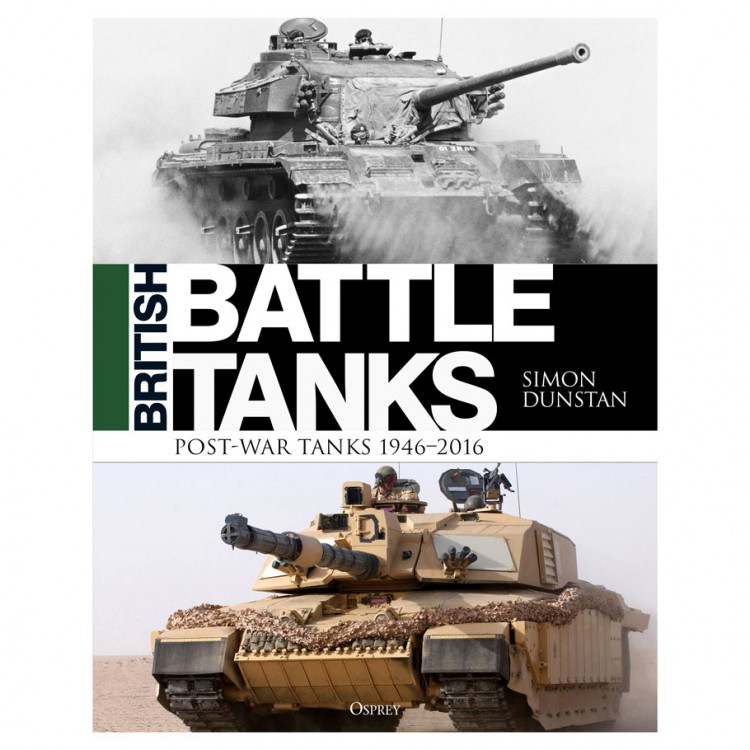
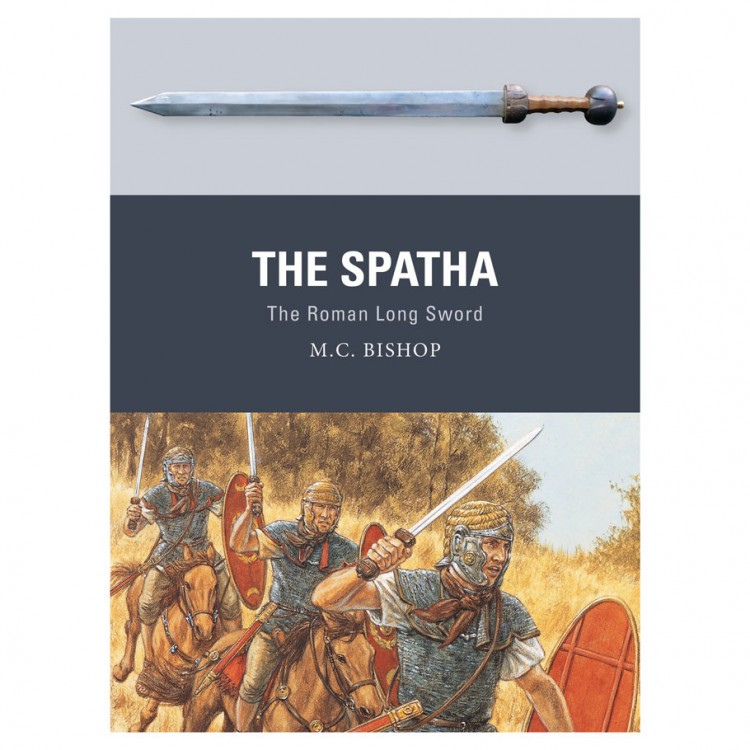
No comments:
Post a Comment